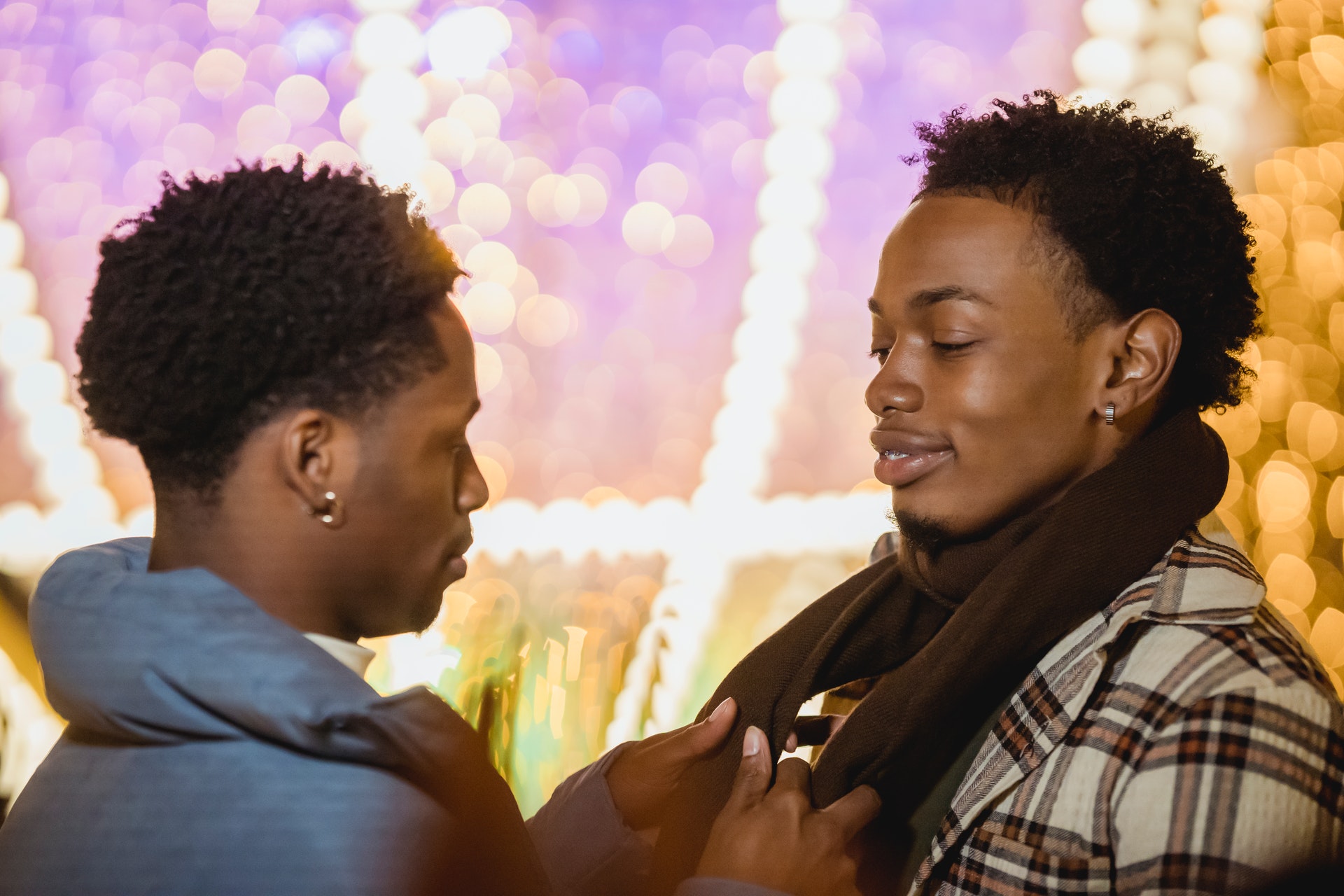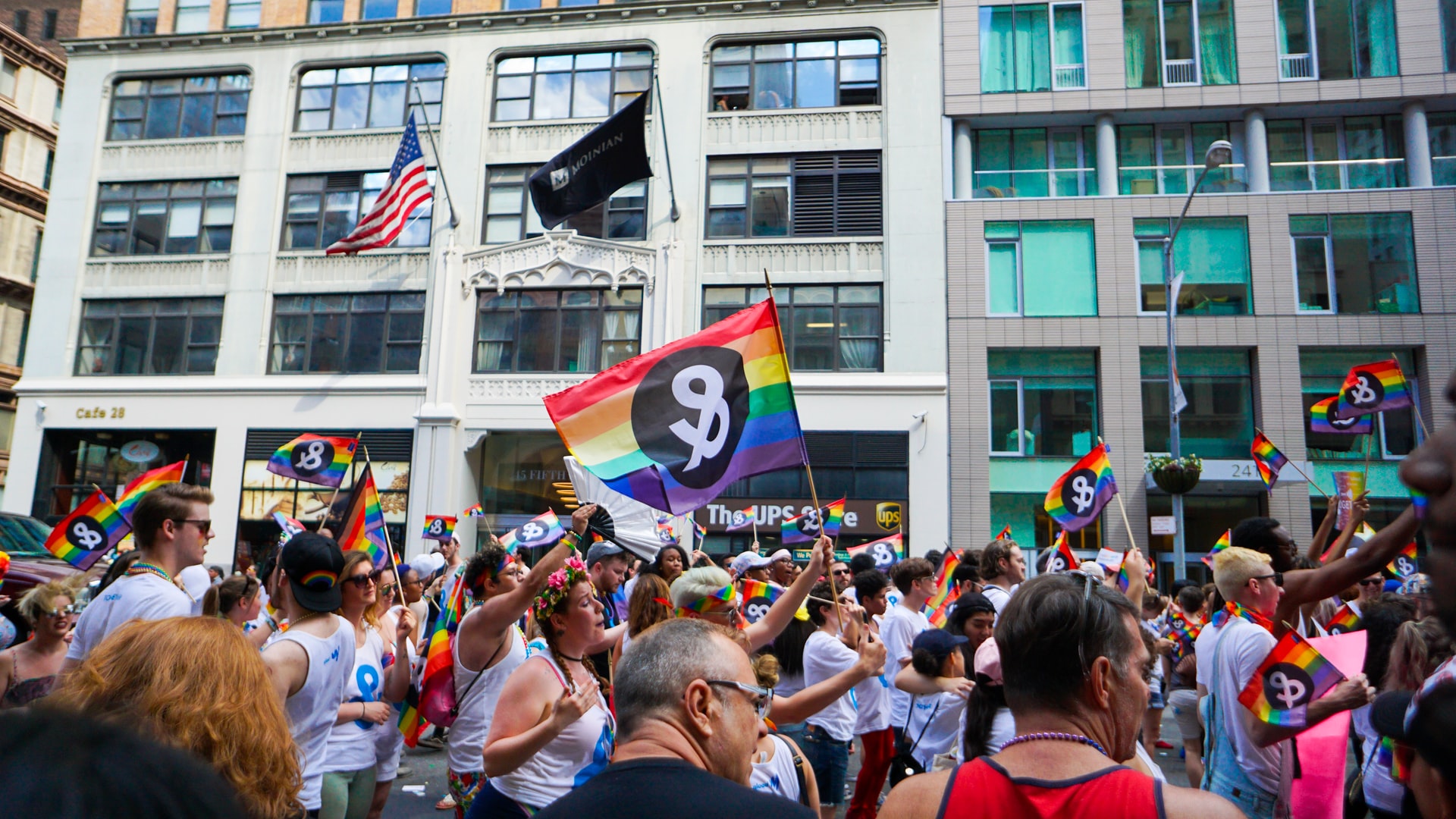Maintain A Healthy Lesbian RelationshipMaintain A Healthy Lesbian Relationship

Every lesbian relationship looks different from the other; What is right for one partner may not be right for another. However, the happiest and most fulfilling relationships have some things in common. The following guidelines describe how to identify healthy and unhealthy relationships.
The characteristics of a healthy lesbian relationship
There is no definition of the cookie format for the perfect lesbian relationship. Any romantic relationship can last if it has something in common, such as:
Both partners respect each other’s boundaries inside and outside the bedroom.
Partners do not threaten or intimidate others.
Neither partner can issue another without their consent.
Both partners are given sufficient space to maintain external relationships with friends and family.
Neither partner tries to control the other.
Each partner feels free to express themselves honestly without fear of partner judgment.
Finding the right woman isn’t always easy, but being satisfied with an unsuitable partner because of loneliness or insecurity is not the answer. All of these qualities must be present in a healthy lesbian relationship.
Signs of an unhealthy lesbian relationship
Falling in love is easy. The hard part comes later when the initial stages of the “merger” begin to fade and relationships must be based on mutual respect, trust and compatibility in order to stay strong. Most of the danger signs of an unhealthy relationship apply to partners of any sexual orientation, but there are some common concerns for lesbian couples.
Emotional cheating
Emotional infidelity, or emotional delusions, occurs when a partner meets emotional needs with someone outside of the relationship. It is normal for lesbians to have boyfriends outside of their relationship, but if one partner turns to the other because of a lack of emotional intimacy in the relationship, the situation can quickly escalate into an emotionally unhealthy relationship.
Emotional infidelity can actually be more damaging than physical cheating, because it often goes further before you realize it. Physical affair is easier to define because it involves sexual intercourse. The lines between close friendship and emotional trickery are blurred. Emotional fraud warning signs include:
A partner shares his innermost thoughts and feelings with someone other than his partner.
A partner repeatedly texts or calls someone when they’re with their friend.
A partner relies on external “friends” to meet their emotional needs such as feelings of love and connectedness.
A partner spends most of his free time with other women.
A partner hides or lies about the time he spends with other people.
Emotional affairs usually last a long time. Finding outside friends for temporary emotional support during difficult times, such as losing your job or dying with your family, is not an indication of emotional infidelity because it only lasts a short time.
Lost identity
Loss of identity occurs when partners develop deep emotional attachments and acutely meet the needs of others at their own expense. The loss of identity goes beyond a healthy sense of empathy and sensitivity. Instead of acknowledging and respecting her partner’s differences, she molds herself into who she believes her partner wants and denies her own individuality. When you lose your identity, your partner basically loses confidence in himself and forgets who he was before he entered the relationship.
If the problem is not resolved, the loss of the spouse’s identity can cause additional problems, such as: B. Deception when he subconsciously tries to confirm his own identity.
Jealousy
Jealousy affects all couples, including lesbians. When there is a lack of trust between partners, jealousy can lead to a break in the relationship. If one partner feels controlled by his jealous partner, they should deal with their feelings and discuss them with their partner. Otherwise, this feeling could lead to resentment, causing him to treat her in an unhealthy manner.

